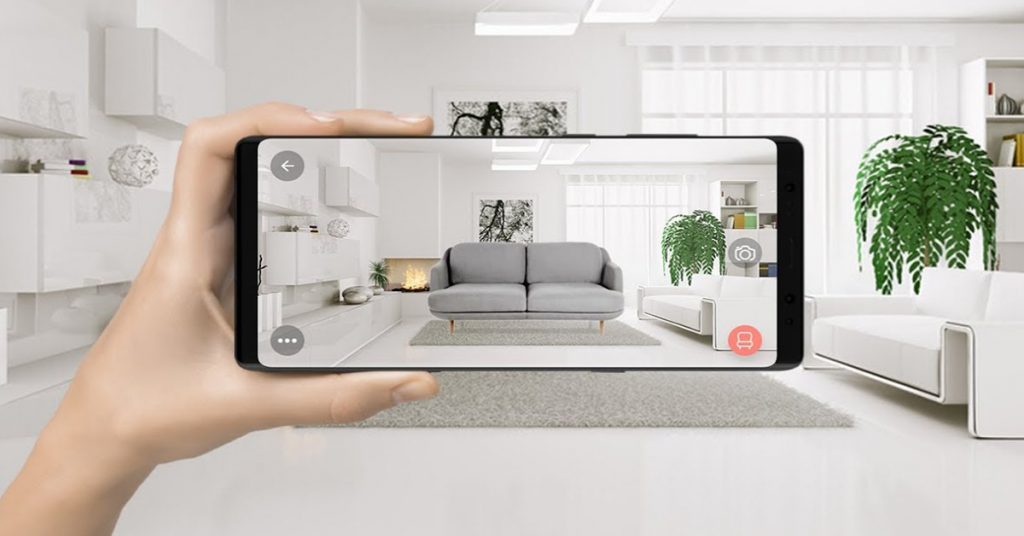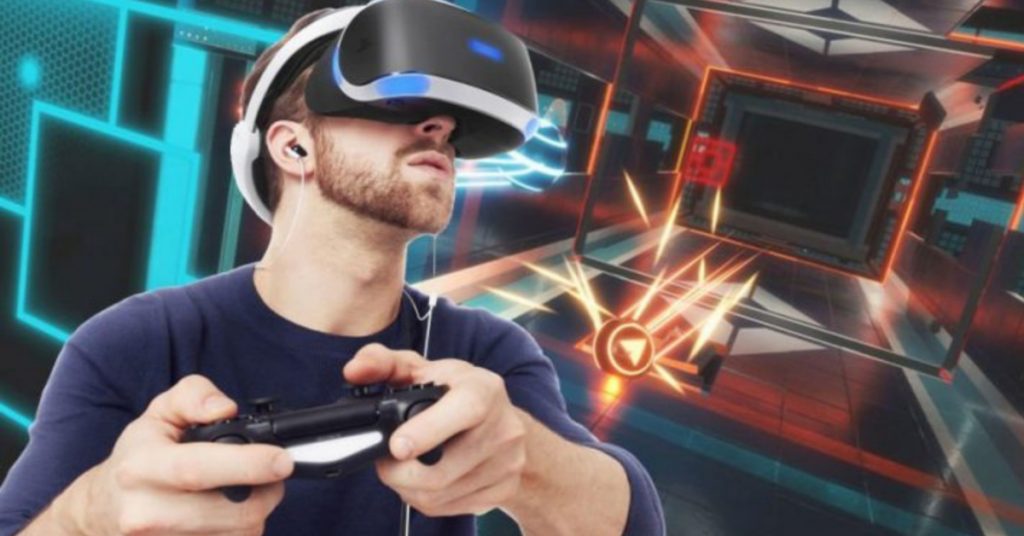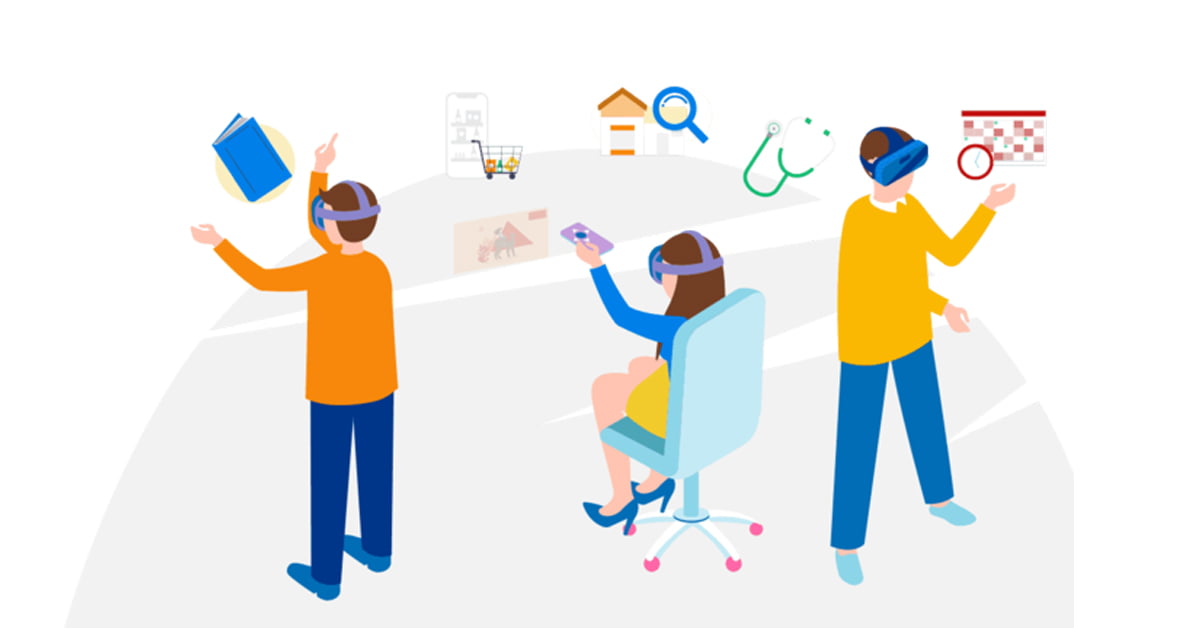For years, augmented reality (AR) and virtual reality (VR) have been poised to lead the next generation of digital technology. In 2019, AR and VR spending was projected to reach $160 million in 2023, and $1.5 trillion by 2030. While they may sound similar to one another, the distinction is important. VR is the total immersion into a “virtual reality” that users can navigate in and requires headsets to block out the real world. Meanwhile, AR uses cameras on devices (usually smartphones) to add “digital layers” to the real world, like the mobile game Pokémon Go or Instagram filters that act like “digital masks” on a user’s face. The two technologies have come a long way since their inception in the 1960s, and are presently seeing more practical uses in work and daily consumer life.
Growth of AR and VR
In fact, AR and VR growth is even predicted to create job opportunities in the coming years. Software developers who build computer programs, systems, and applications used in AR and VR expect to see massive growth in their field. Interest in mobile applications and security programs will usher in a 21% increase in software development jobs, which are fairly lucrative at a median salary of $105,590. In analyzing user behavior to improve software performance, software developers must familiarize themselves with the various tech use cases across the industries they work in. For AR and VR tech specifically, here are four unexpected uses of AR/VR tech in different industries:
Healthcare: VR-enhanced psychotherapy
In the healthcare industry, VR tech is used to enhance psychotherapy, such as exposure response prevention (ERP) therapy in patients with OCD. Placing patients in simulated virtual situations to help relieve distress and prevent compulsive responses is proving effective, as patients are often surprised by how real things seem. Moreover, medical experts can keep track of patient progress in a safe and controlled environment.

Interior design: AR room design tool
Swedish furniture company Ikea has made great use of AR technology in their mobile app, allowing customers to place virtual copies of Ikea furniture in a room to test how they look and if they fit with other furniture. Aside from that, the company has also recently developed a feature in its mobile app that allows customers to digitize their rooms and furniture. This allows people to easily remove old furniture digitally – instead of physically moving an old couch, for example – and replace it with a digital one. This will prove useful not just for furniture shoppers, but interior designers as well.
Learning and development: AR learning
Teachers and professors used to prohibit the use of phones and gadgets during class – until they didn’t. In our previous post on AR apps for online learning, we discussed how the integration of 3D animations, videos, and models in lectures helps keep students more engaged. AR apps also make learning more accessible as they are ready for installation in most smartphones and allow flexibility in learning outside traditional classrooms.

Fitness: AR and VR-based exercise and sports
Studies have shown that 15% of VR games burn enough calories to qualify as medium to intense exercise, while five of the top 12 VR games purchased fall under the fitness and sports category. Away from video games, AR and VR tech also allow users to gamify their workouts by keeping track of stats or other health factors. If VR headsets make users prone to dizziness, AR can serve as an alternative in which workouts can be done while still being “present” and aware of the real world. Like all other emerging tech, the future of AR and VR in fitness is open to so many possibilities, and with enough creativity, could make way for new forms of sports and exercises.

